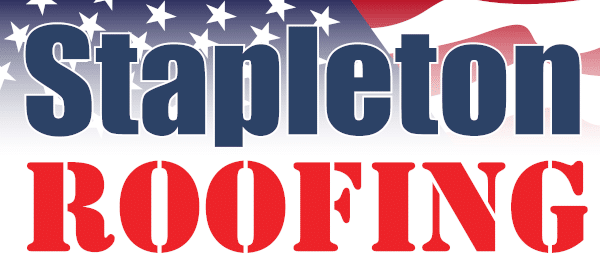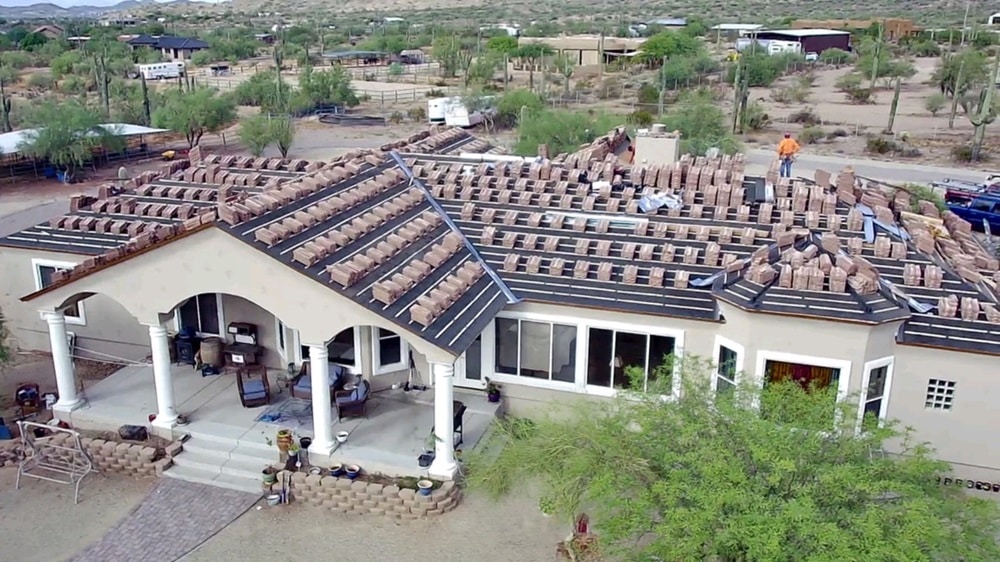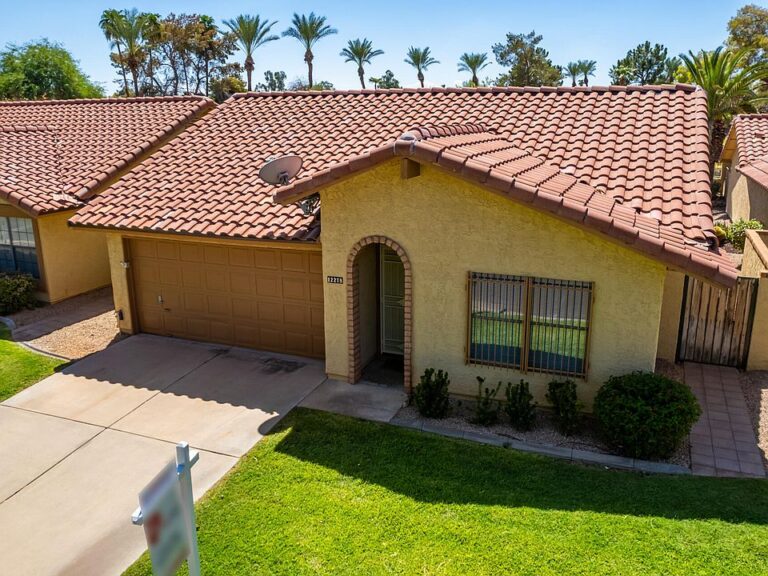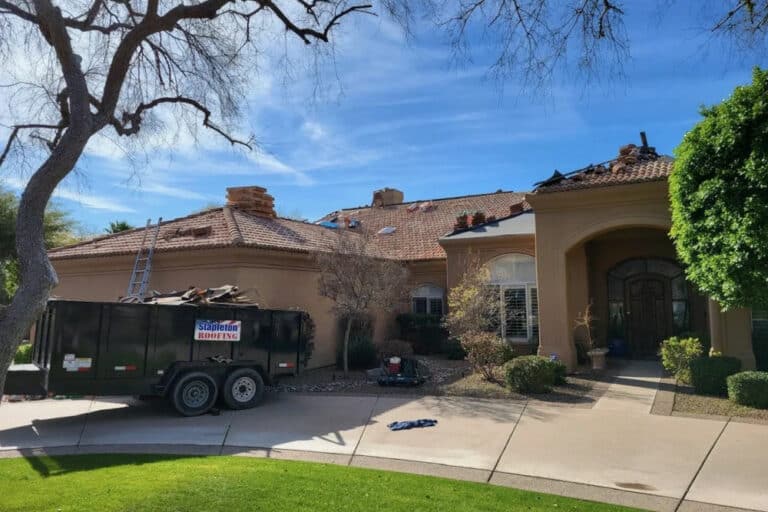Roofing underlayment is a crucial but often overlooked part of any roofing system. In Arizona, where the climate can be harsh and unpredictable, the type of underlayment you choose can make a significant difference in the longevity and performance of your roof. With scorching summers, monsoon storms, and fluctuating temperatures, Arizona’s weather poses unique challenges that roofing materials need to withstand.
What is Roofing Underlayment?
Roofing underlayment is the layer of material installed between the roof deck (usually plywood or OSB) and the outer roofing materials (like shingles, tiles, or metal). It serves as an added layer of protection against the elements, preventing moisture, heat, and other environmental factors from damaging the structure beneath the roof.
There are three main types of roofing underlayment:
- Asphalt-Saturated Felt: Traditional but less commonly used in modern construction, this material is relatively affordable but less durable than synthetic options.
- Rubberized Asphalt: A higher-end underlayment with superior waterproofing and adhesive properties, often used in high-end residential or commercial roofs.
- Synthetic Underlayment: Lightweight, durable, and highly resistant to weather, synthetic underlayment is becoming the most popular option for its superior performance, especially in climates like Arizona.
Why Roofing Underlayment is Important in Arizona
Arizona’s weather can be extreme, with temperatures reaching over 110°F in summer, followed by sudden torrential downpours during monsoon season. These conditions put added stress on your roofing system, and the right underlayment helps mitigate the risks associated with this climate.
- Protection Against Heat: Arizona’s intense sun can weaken roofing materials over time. Underlayment with high heat resistance helps reduce the impact of UV rays and excessive heat, prolonging the lifespan of the roof.
- Monsoon Preparedness: During Arizona’s monsoon season, heavy rain and strong winds are common. Without proper underlayment, water can seep into your roof, causing leaks and potential structural damage. Quality underlayment acts as a waterproof barrier that can prevent moisture penetration during severe storms.
- Handling Temperature Fluctuations: Arizona also experiences sharp temperature shifts between day and night, which can cause roof materials to expand and contract. A durable, flexible underlayment can accommodate this movement, preventing cracks or warping in the roofing system.
Best Underlayment for Arizona Roofing
Considering Arizona’s weather extremes, synthetic underlayment is often the preferred choice for homeowners and contractors. Here’s why:
- Durability: Synthetic underlayment is more resistant to tearing and damage, making it ideal for withstanding Arizona’s heavy winds and temperature changes.
- UV Resistance: This material can resist prolonged exposure to the sun, which is crucial in areas with high UV indexes like Arizona.
- Lightweight & Easy to Install: Synthetics are easier to work with than traditional felt, reducing the overall installation time and labor costs.
- Waterproofing: Many synthetic options provide excellent waterproofing, ensuring that rain from monsoon storms won’t penetrate the roof deck.
However, high-end rubberized asphalt underlayments are also worth considering for their excellent waterproofing properties, particularly for roofs in areas that experience the worst of Arizona’s monsoons or on high-end homes with tile roofing.
Installation Considerations
Proper installation is key to ensuring the effectiveness of any roofing underlayment. In Arizona, it’s essential to work with a professional roofer familiar with the local climate and building codes. Key considerations include:
- Ventilation: Proper attic ventilation is essential to allow heat to escape, reducing the strain on the roofing system and underlayment.
- Overlap and Fastening: The underlayment should be properly overlapped and fastened to create a continuous barrier against water infiltration.
- Roof Pitch: The slope of your roof affects the type and amount of underlayment required. Flat or low-slope roofs may require more robust waterproofing measures.
Conclusion
Roofing underlayment is the unsung hero of a roofing system, especially in a place like Arizona where the climate can be unforgiving. Choosing the right type of underlayment—and ensuring it’s installed properly—will help protect your home from the damaging effects of heat, UV rays, and monsoon rains, ultimately extending the life of your roof and maintaining the integrity of your home.
When replacing or installing a new roof in Arizona, make sure to consult with a professional roofer about the best underlayment options for your specific needs and climate challenges.





